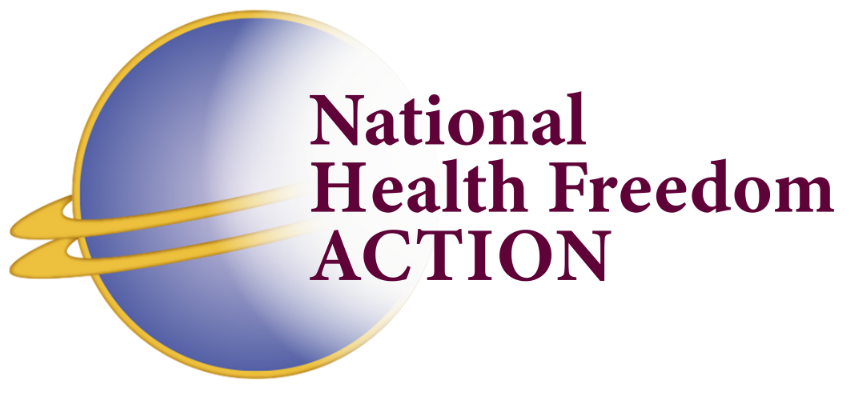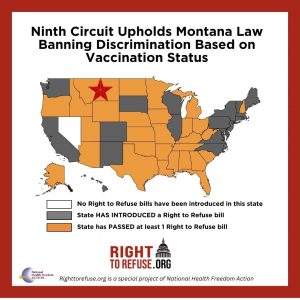
Let’s Salute the Victory:
Amalgam to be banned across the European Union
The following article was written in Swedish by Ann-Marie Lidmark, former President of Tandhalsoforbundet, an organization whose name translates as meaning “Dental-Health-Connection.” It was translated from Swedish to English by Marta Sonnenblick, a DAMS (Dental Amalgam Mercury Solutions) leader in California. Here is Ann-Marie’s happy announcement:
A victory: Amalgam to be banned across Europe

by Ann-Marie Lidmark
Beginning January 1st, 2025, all use of amalgam dental fillings will be prohibited in Europe.
Amalgam consists of 50 percent mercury and mercury vapor is released throughout the life of the amalgam filling. That leak can make sensitive people very ill. The environment also takes a beating.
The European amalgam ban has been worked on by Tandhalsoforbundet [her non-profit organization] for several decades. The ban is clearly a great victory for this organization and its sister organizations in the rest of Europe. And, not the least, it is a victory for everyone who has been poisoned by their amalgam fillings.
It is also interesting that Europe has phased out amalgam fillings both for health and for environmental reasons. Sweden’s ban [of 2009] unfortunately focused solely on the environment, which led to neither dentists nor the Social Security Administration taking the risks of mercury use in dentistry seriously.
Mercury
The authorities talk about 0.6 grams of mercury on average per filling, but that is not true since most amalgam fillings contain significantly more than that. A typical mercury amalgam filling contains from one to three grams of mercury.
A little mercury vapor always leaks from the fillings when chewing, consuming hot drinks, salty food, etc. Of the vapor that you inhale, 80 percent is taken up by the small blood vessels of the lungs and is then transported with the blood to the various organs of the body. Mercury disturbs the body’s biochemistry to the highest degree.

Amalgam Warning Label
Extensive health risk
Amalgam’s mercury content carries major risks for health, but also for the environment. For health reasons, the EU had already banned amalgam for sensitive groups in 2018. That partial ban covered children under 15, pregnant and breastfeeding women. Since then, work has been going on for a total ban. The Swedish government, its authorities and the [Swedish] Dental Health Association have been strongly pushing for it.

Florian Schulze (center)
“The decision means big gains for health,” says Florian Schulze, head of the European Network for Environmental Medicine, which helped us and our sister organizations in Europe push the issue towards parliamentarians in the EU.
Charlie Brown [an American attorney] and Florian Schulze [a health care practitioner in Berlin] have been driving the European Union ban effort along with members of the EU parliament. [The ban only covers the 27 nations of the European Union, so it does not include the UK]. However, there are a few exceptions to the total amalgam ban and that includes both the Czech Republic and Slovenia; both of those countries will have another year and a half to complete the decommissioning of amalgams. That provision was a compromise that was needed in order to get the decision through.
The export of mercury amalgams from Europe is also banned
All countries in Europe [in the EU] are covered by the amalgam export ban, which also takes effect on January 1, 2025. The issue of an export ban has been urgent to pursue as mercury from amalgam can be used in small-scale gold mining, which creates very serious health problems for the [mining] workers. Less toxic alternatives to mercury use in gold mining exist.
Our closing remarks on this happy story:
Victories can be slow but sometimes stunning victories can happen.
Over the last several decades, there has been increasing progress not only around Europe but also in parts of Asia, South America and Africa to phase out the dental amalgam – half mercury – dental fillings, which are highly toxic to health. The recent vote in the EU Parliament was overwhelming, with 575 in favor against 12 voting no. With no remaining organized opposition in the EU, ratification by the European Commission (an EU body), still needed for the ban, is now seen as a formality.
Further, even Northern Ireland, which is part of the UK and hence not covered by the EU ban, largely also wants to ban amalgams. It will hold hearings on that very soon and, if it decides to ban amalgams, it will have to get permission from the UK central government to do so, since it is part of the UK. This is an example of how amalgam bans are taking hold at the grass roots.
With international momentum to ban amalgams, it may well turn out that the last major holdouts for maintaining the use of mercury dental fillings will be the US and Canada, where the dental mercury cover-up remains strong at the federal level, even while natural health advocates overwhelmingly condemn their use and teach the importance of safe amalgam removal and of gentle, natural mercury detoxification.
Why should bans on amalgam fillings be regarded as a victory for health freedom? Perhaps because only uninformed dental patients or ones coerced by their institutions (the military, prison inmates, dentistry for the impoverished) will go along with the placement of mercury amalgam dental fillings. Thus, the use of amalgam fillings violates the principle of informed consent, one of the cornerstones of health freedom.

By Leo Cashman
Executive Director, DAMS (Dental Amalgam Mercury Solutions)
Co-founder of National Health Freedom Action




